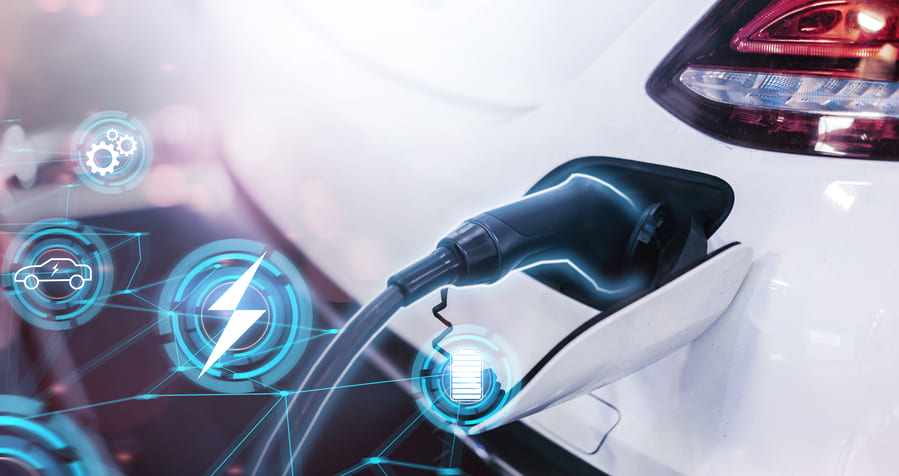
Most people don’t realise how much energy that is wasted during braking. Moving vehicles generate a significant amount of kinetic energy. In traditional braking systems, friction is used to convert this kinetic energy into heat, thereby slowing the vehicle down. Unfortunately, the heat dissipates, meaning that a lot of the energy produced is no longer of use. This is where the concept of regenerative braking comes in.
The car concept goes back to 1967 when the American Motor Car Company (AMC) developed a braking system that could regenerate electrical energy. Today, many of the electric (EVs) and hybrid vehicles (HEVs) produced feature this innovative braking technology. The system increases the efficiency of the vehicle by using the kinetic energy produced during braking to recharge the electric car battery. This energy recovery mechanism not only extends the range of the car, but simultaneously reduces mechanical wear on the brakes.
How does the system work?
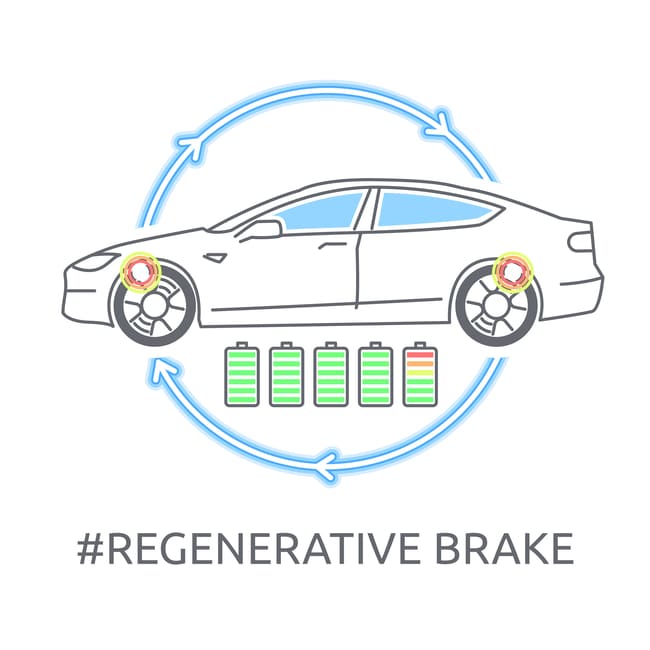
In a conventional hydraulic braking system, it’s the friction components such as the brake pads and discs that do most of the work to slow the vehicle down. When using regenerative brakes, however, the electric motor is the primary component of the system. When the electric car brakes are activated or the driver lifts their foot off the accelerator pedal, the motor operates in reverse, causing it to run backwards and apply resistance to the wheels. While doing so, it acts as an electric generator, generating electricity which is then stored in the batteries.
For the majority of EVs and HEVs, this energy recovery mechanism is used in combination with your standard hydraulic braking system. This means that when the regenerative braking system (RBS) isn’t providing enough torque to bring the vehicle to a halt, hydraulic torque is applied. A regenerative braking controller manages this process of switching between systems, as well as helping to determine how long and quickly the brakes are applied. Some systems allow what is known as ‘one-pedal driving’, meaning that the RBS is able to bring the vehicle to a complete halt when the driver releases the accelerator pedal without using the brake pedal.
The benefits and limitations of regenerative braking
Frequently Asked Questions (FAQs)
⚠ How long do brakes last in a regenerative braking system?
There doesn’t seem to be a straight answer to this question. It is a fact that the motor should take some of the resistance and pressure off the hydraulic components as they are used less in a regenerative braking system, therefore resulting in less wear. However, it is still recommended that EV and HEV owners pay attention to the wear indicators on the brake pads and check the braking system components periodically.
Elon Musk made a bold claim on Twitter, stating that the brake pads on a Tesla would last for the lifetime of the car. Though there may be some truth in this statement, it is important to take factors such as driving habits and the driving environment into consideration. In a recent poll about Toyota hybrids, 60% of those polled said that the brake pads and rotors on their Toyota hybrid vehicle had lasted over 100,000 miles and 20% said that the components lasted more than 200,000 miles. The results would probably be similar across different brands.
⚠ Can you deactivate regenerative brakes?
The short answer to this question would be no. Tesla has developed the technology so that the driver can adjust the standard settings to a lower level of regenerative braking, but it is not possible to turn it off completely. Other EV manufacturers, such as Jaguar, offer different regen modes.


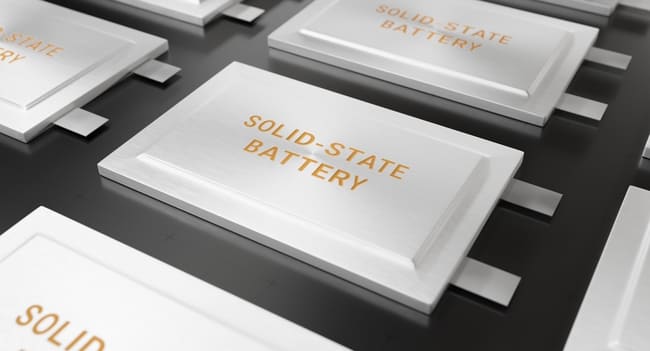
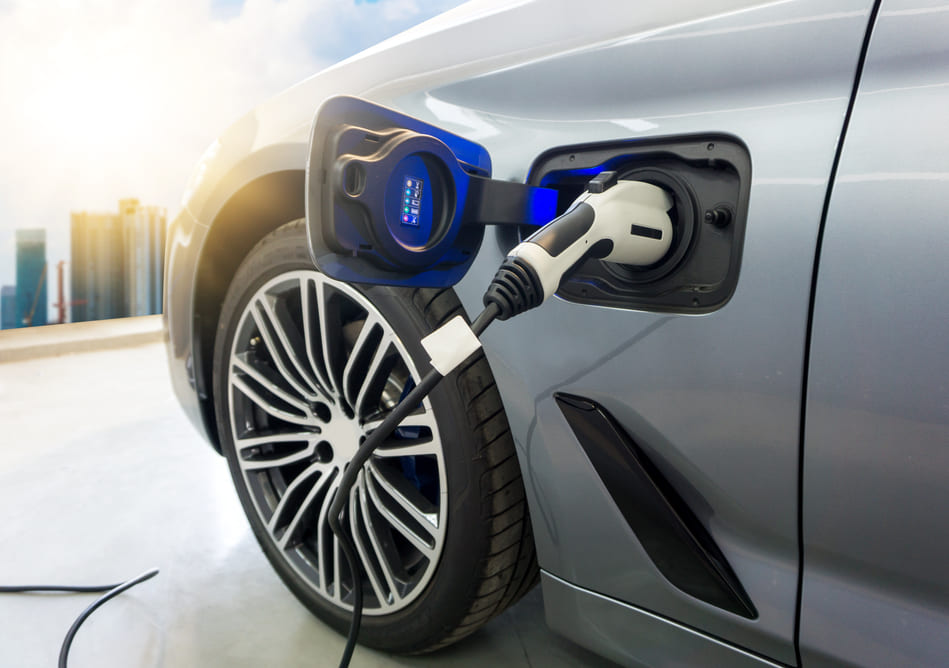



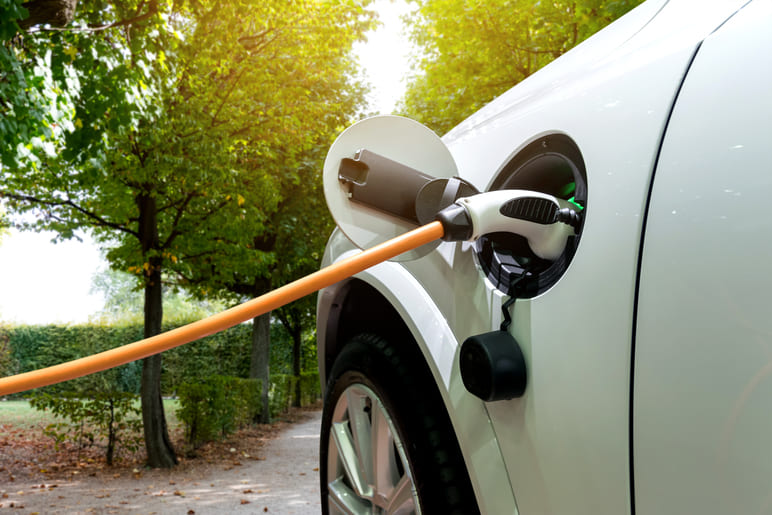
Comment